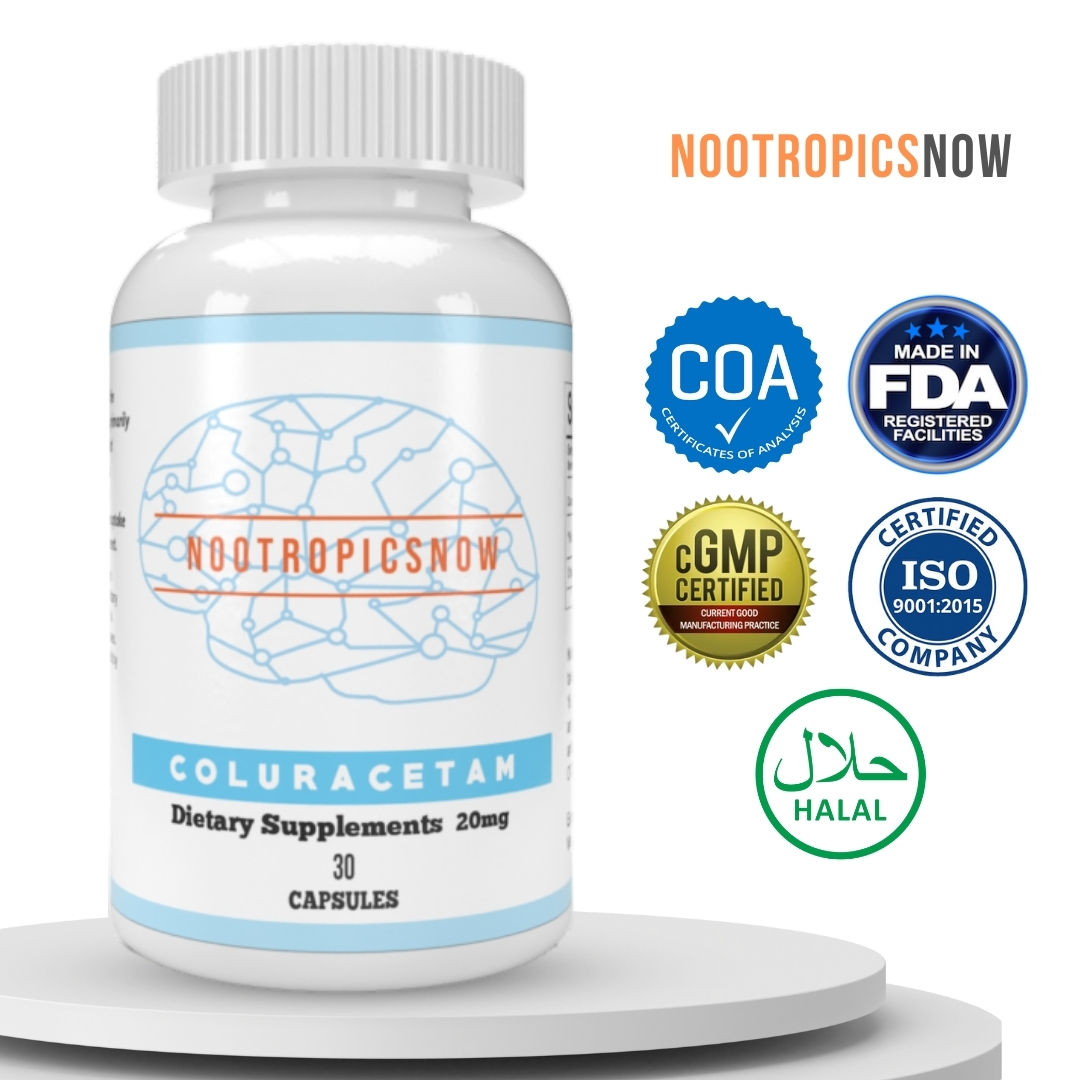Strattera Max Dose: What You Need To Know

Strattera Max Dose: Safety, Efficacy, and Guidelines
Strattera (atomoxetine) stands out as a non-stimulant medication widely prescribed for managing attention-deficit/hyperactivity disorder (ADHD). Unlike stimulant medications, Strattera works by selectively inhibiting the reuptake of norepinephrine in the brain, thereby increasing its availability. This mechanism of action offers an alternative for individuals who may not tolerate stimulants or for whom stimulants are not an appropriate treatment option. Understanding the appropriate dosage, particularly the maximum dose, is crucial for maximizing its therapeutic benefits while minimizing potential side effects. This article delves into the specifics of Strattera’s maximum dosage, factors influencing it, and essential safety guidelines.
Understanding Strattera and Its Mechanism of Action
Before exploring the maximum dosage, it’s vital to understand how Strattera works. Atomoxetine is a selective norepinephrine reuptake inhibitor (SNRI). Norepinephrine is a neurotransmitter that plays a critical role in attention, focus, and impulse control. By blocking the reabsorption of norepinephrine, Strattera increases its concentration in the synaptic cleft (the space between nerve cells), thereby enhancing its signaling.
Benefits of Strattera
Strattera offers several benefits for individuals with ADHD:
Considerations Before Starting Strattera
Despite its benefits, Strattera is not suitable for everyone. Important considerations include:
Determining the Strattera Max Dose: A Detailed Breakdown
The maximum recommended dosage of Strattera varies depending on factors such as age, weight, and individual response to the medication. It is crucial to adhere to the prescribing physician’s instructions and guidelines when taking Strattera to ensure both safety and efficacy.
Maximum Dosage for Children and Adolescents (Up to 70 kg)
For children and adolescents weighing up to 70 kg, the recommended dosing regimen typically involves a gradual increase to minimize potential side effects.
Maximum Dosage for Children and Adolescents (Over 70 kg) and Adults
For individuals weighing over 70 kg, the dosage regimen differs from that of lighter individuals.
Flexible Dosing Regimen
Some healthcare providers may adopt a more flexible dosing regimen based on individual patient needs and response to treatment. This approach involves carefully adjusting the dose based on the patient’s symptom control, side effects, and overall tolerability. Regular follow-up appointments are essential to monitor progress and make necessary adjustments to the dosage.
Factors Influencing the Strattera Max Dose
Several factors can influence the appropriate maximum dosage of Strattera. Understanding these factors is crucial for individualizing treatment and optimizing outcomes.
Hepatic Impairment
Liver function plays a significant role in the metabolism of Strattera. Individuals with hepatic impairment (liver problems) may require dosage adjustments to prevent the accumulation of the drug in the body, which can lead to increased side effects.
Concomitant Medications
The use of concomitant medications, particularly those that inhibit the CYP2D6 enzyme, can affect the metabolism of Strattera. CYP2D6 is a liver enzyme responsible for breaking down Strattera. Inhibiting this enzyme can increase Strattera levels in the body, potentially leading to increased side effects.
Renal Impairment
While renal (kidney) function has less of an impact on Strattera metabolism compared to liver function, dosage adjustments may still be necessary in individuals with severe renal impairment.
Genetic Factors
Genetic variations in the CYP2D6 gene can affect the metabolism of Strattera. Individuals who are poor metabolizers of CYP2D6 may have higher Strattera levels in the body, increasing the risk of side effects. Genetic testing can help identify these individuals, allowing for more personalized dosage adjustments.
Individual Response
Individual response to Strattera can vary significantly. Some individuals may experience significant symptom improvement at lower doses, while others may require higher doses to achieve optimal results. Regular monitoring of symptom control and side effects is essential to determine the appropriate dosage for each individual.
Age
Age can also influence the appropriate Strattera dosage. Children and adolescents may require different dosages compared to adults due to differences in metabolism and body weight.
Potential Side Effects of Strattera
Like all medications, Strattera can cause side effects. Being aware of these potential side effects is crucial for managing them effectively and ensuring the medication is well-tolerated.
Common Side Effects
Serious Side Effects
While less common, more serious side effects can occur. These side effects require immediate medical attention.
Managing Side Effects
Many side effects of Strattera can be managed effectively.
Important Safety Guidelines
To ensure the safe and effective use of Strattera, it is important to follow certain safety guidelines.
Medical History
Provide your healthcare provider with a complete medical history, including any pre-existing medical conditions, allergies, and medications you are currently taking.
Regular Monitoring
Regular monitoring by your healthcare provider is essential to assess symptom control, monitor for side effects, and make any necessary dosage adjustments.
Medication Adherence
Adhere to the prescribed dosage and schedule. Do not change the dosage or stop taking Strattera without consulting your healthcare provider.
Interaction Awareness
Be aware of potential drug interactions and inform your healthcare provider of any new medications you are taking.
Emergency Situations
Seek immediate medical attention if you experience any serious side effects, such as chest pain, difficulty breathing, jaundice, or suicidal thoughts.
Storage
Store Strattera in a safe place, out of reach of children and pets.
Pregnancy and Breastfeeding
Inform your healthcare provider if you are pregnant, planning to become pregnant, or breastfeeding. The safety of Strattera during pregnancy and breastfeeding is not fully established.
Alcohol
Avoid alcohol, as this increases side effects.
Driving
Do not drive a vehicle, as dizziness is a common side effect.
Strattera Dosage Adjustments: A Personalized Approach
Dosage adjustments are an integral part of Strattera treatment. Adjustments must be carefully considered on an individual basis, taking into account several clinical factors.
Titration
Gradual titration is crucial to minimize the risk of side effects and allow the body to adjust to the medication. Starting with a low dose and gradually increasing it over several weeks can improve tolerability.
Clinical Response
The dosage should be adjusted based on the individual’s clinical response to treatment. If symptoms are not adequately controlled, the dosage may need to be increased, while if side effects are bothersome, the dosage may need to be decreased.
Patient Tolerance
Patient tolerance to Strattera can vary significantly. Some individuals may tolerate higher doses without experiencing significant side effects, while others may experience side effects even at lower doses.
Comorbid Conditions
The presence of comorbid conditions, such as anxiety or depression, can influence the dosage of Strattera. Individuals with comorbid conditions may require lower doses to avoid exacerbating their symptoms.
Combination Therapy
In some cases, Strattera may be used in combination with other medications to treat ADHD. The dosage of Strattera may need to be adjusted when used in combination with other medications to avoid drug interactions.
Lifestyle Modifications to Support Strattera Treatment
In addition to medication, lifestyle modifications can play a crucial role in managing ADHD symptoms. These modifications can complement Strattera treatment and improve overall outcomes.
Regular Exercise
Regular physical activity has been shown to improve attention, focus, and mood in individuals with ADHD. Aim for at least 30 minutes of moderate-intensity exercise most days of the week.
Balanced Diet
A balanced diet that is rich in fruits, vegetables, and whole grains can provide essential nutrients for brain health. Avoid processed foods, sugary drinks, and excessive caffeine.
Adequate Sleep
Getting enough sleep is essential for cognitive function. Aim for 7-9 hours of sleep per night. Establish a regular sleep schedule and create a relaxing bedtime routine.
Stress Management
Stress can exacerbate ADHD symptoms. Practice stress management techniques such as meditation, yoga, or deep breathing exercises.
Organization and Time Management
Develop strategies to improve organization and time
Strattera Maximum Dose: Dosage Guidelines and Safety Information
Strattera (atomoxetine) is a non-stimulant medication primarily prescribed for the treatment of Attention Deficit Hyperactivity Disorder (ADHD). Unlike stimulant medications commonly used for ADHD, Strattera works by selectively inhibiting the reuptake of norepinephrine in the brain. This mechanism helps to improve focus, attention, and impulse control in individuals diagnosed with ADHD. Understanding the maximum allowable dosage of Strattera is crucial for ensuring both its effectiveness and safety. Incorrect dosages can lead to adverse side effects or reduced therapeutic benefits. This section provides detailed guidance on the maximum recommended doses of Strattera for different age groups and conditions, along with important considerations for dosage adjustments and potential interactions.
Understanding Strattera and Its Use in ADHD Treatment
Strattera, as mentioned previously, functions as a norepinephrine reuptake inhibitor (NRI). This differs significantly from stimulants, such as methylphenidate (Ritalin) or amphetamine (Adderall), which primarily affect dopamine and norepinephrine levels. The non-stimulant nature of Strattera offers certain advantages. For instance, it has a lower potential for abuse and may be a suitable option for individuals who experience significant side effects from stimulant medications. Moreover, because of its mechanism, Strattera provides a more consistent, longer-lasting effect throughout the day, whereas some stimulant medications require multiple doses.
Advantages of Strattera Over Stimulant Medications
One of the primary benefits of Strattera is its non-stimulant nature. This makes it a favorable option for individuals with a history of substance abuse or those concerned about the potential for dependence. Additionally, Strattera does not typically cause the “rebound effect” commonly associated with stimulant medications, where symptoms can worsen as the medication wears off. Another key advantage of Strattera is that it can also be used effectively in individuals with comorbid conditions such as anxiety or tic disorders, where stimulant medications might exacerbate these symptoms.
Recommended Strattera Dosage: Tailoring the Treatment
The recommended dosage of Strattera varies depending on several factors, including the patient’s age, weight, liver function, and concurrent medications. It’s crucial to work closely with a healthcare professional to determine the most appropriate dosage regimen.
Dosage for Children and Adolescents Weighing Up to 70 kg
For children and adolescents weighing up to 70 kg, the dosage guidelines are as follows:
Dosage for Children and Adolescents Weighing Over 70 kg and Adults
For children and adolescents weighing over 70 kg and for adults, the dosage guidelines are slightly different:
Detailed Breakdown of Dosage Adjustments and Titration
The process of gradually increasing the dosage of Strattera, known as titration, is essential for minimizing side effects and optimizing therapeutic benefits. Here’s a more detailed breakdown of the titration process:
Factors Influencing the Maximum Dose of Strattera
Several factors can influence the maximum allowable dose of Strattera for an individual. These include hepatic function, concurrent medications, and individual response to the medication.
The Impact of Liver Function on Strattera Dosage
Liver function plays a significant role in the metabolism of Strattera. Impaired liver function can decrease the rate at which the body processes Strattera, leading to increased drug levels in the bloodstream. This can elevate the risk of adverse side effects. Therefore, patients with compromised liver function require careful dose adjustments.
Interactions with Other Medications and Their Influence on Dosage
Strattera is metabolized primarily by the CYP2D6 enzyme in the liver. Certain medications, known as CYP2D6 inhibitors, can interfere with this metabolic pathway, increasing Strattera levels in the body.
Individual Response and Adjustments to Achieve Optimal Results
Each individual responds differently to Strattera. Some patients may experience significant symptom improvement at lower doses, while others may require higher doses to achieve the same level of benefit. Regular monitoring and open communication with the healthcare provider are essential for tailoring the dosage to achieve optimal results.
To potentially enhance cognitive function and support overall brain health during Strattera treatment, some individuals explore natural supplements. Always consult your doctor before taking any new supplements, especially when on medication.
Here are a few supplements often considered for cognitive support:
View Product
View Product-Nootropic-Amino-Acid-Men-health-Stamina-Athlete-Gym-i.202321183.22383884345)
View Product
Potential Side Effects of Strattera and How to Manage Them
While Strattera is generally well-tolerated, it can cause side effects in some individuals. Being aware of these potential side effects and knowing how to manage them is important for ensuring treatment adherence.
Common Side Effects and Strategies for Management
Common side effects of Strattera include:
Serious Side Effects and When to Seek Medical Attention
Although rare, Strattera can cause more serious side effects that require immediate medical attention. These include:
Monitoring and Follow-Up Care for Strattera Treatment
Regular monitoring and follow-up care are essential components of Strattera treatment. These visits allow the healthcare provider to assess the patient’s response to the medication, monitor for side effects, and make any necessary dosage adjustments.
Importance of Regular Check-Ups and Symptom Monitoring
Regular check-ups with the healthcare provider are crucial for:
Keeping a Symptom Journal to Track Progress and Side Effects
Maintaining a symptom journal can provide valuable information for the healthcare provider. This journal should include details about:
Communication with Healthcare Provider
Open and honest communication with the healthcare provider is essential for successful Strattera treatment. Report any concerns or questions you may have, and provide detailed information about your symptoms, side effects, and overall progress. This collaborative approach helps to ensure that you receive the best possible care and achieve optimal results.
The Importance of Adhering to Prescribed Dosages
Adhering to the prescribed dosage of Strattera is crucial for achieving its therapeutic benefits and minimizing the risk of side effects. Taking more or less than the prescribed amount can lead to ineffective treatment or adverse reactions. Always follow the healthcare provider’s instructions carefully and consult with them before making any changes to your dosage. Consistency and adherence contribute significantly to the overall success of Strattera treatment for ADHD.







